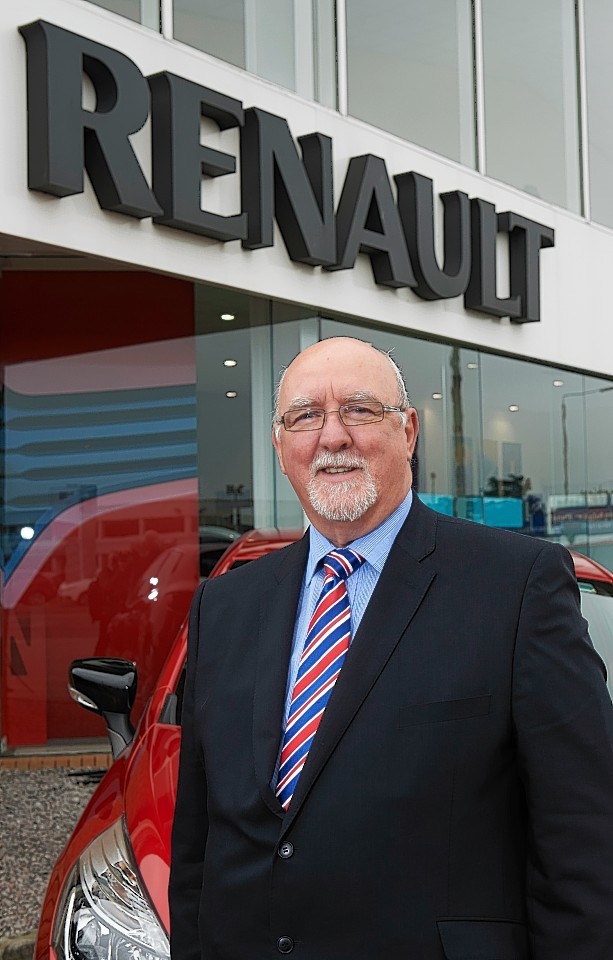Inverness car dealer Ness Motors slid into the red in its last full trading year before its acquisition by Arnold Clark earlier this year.
Accounts just released by Companies House show the Highland business had pre-tax losses of £260,290 in 2014, compared with profits of £205,562 the year before.
But turnover grew to £53.27million in the latest period, from £47.45million previously.
Ness Motors, founded in 1960, is now part of the Glasgow-based Arnold Clark empire following its takeover.
Previous owner Scott Lauder acquired the business from Bill Gilbert in 1982, having joined the firm 10 years earlier as its accountant.
His decision to sell for an undisclosed sum came just a few months after he reported a 21% jump in new car sales.
Reflecting on thriving business for the year to September 30, he said: “In my 42 years with the company, we’ve never enjoyed such sales growth.”
At the time of its acquisition by Arnold Clark in February, Ness Motors employed 104 people at showrooms in Inverness, Elgin and Perth.
The sale included five Inverness sites selling Dacias, Renaults, Saabs, Citroens and SsangYongs. The Elgin and Perth showrooms sold Dacias and Renaults.
Ness Motors also supplied parts and carried out maintenance and repairs on cars and commercial vehicles.
Arnold Clark, led by multimillionaire chairman and chief executive Sir Arnold Clark, said all of the branches were to be Renault, Dacia or Citroen franchises following the sale.
In its last set of figures before the change of ownership, Ness Motors director Kenneth McLean said new vehicle sales raced ahead by 25.4% to 2,470 units during 2014.
But used car sales fell by 9.1% as customers took advantage of manufacturer incentives.
Mr McLean added: “Gross margins were significantly reduced as a result of the competitive nature of the marketplace and consequently the company reported a loss for the period.”
Founded by Sir Arnold in 1954, Arnold Clark Automobiles employs more than 9,000 people at 200 dealerships, 130 service sites, 40 accident repair facilities and 13 parts centres as well as car and van rental offices and training operations across the UK.
